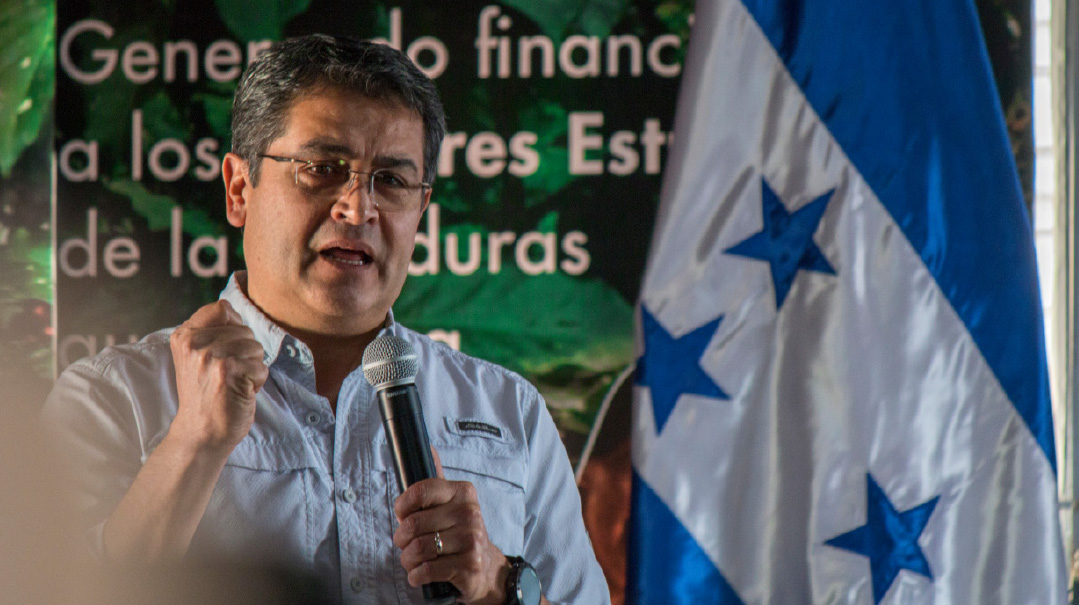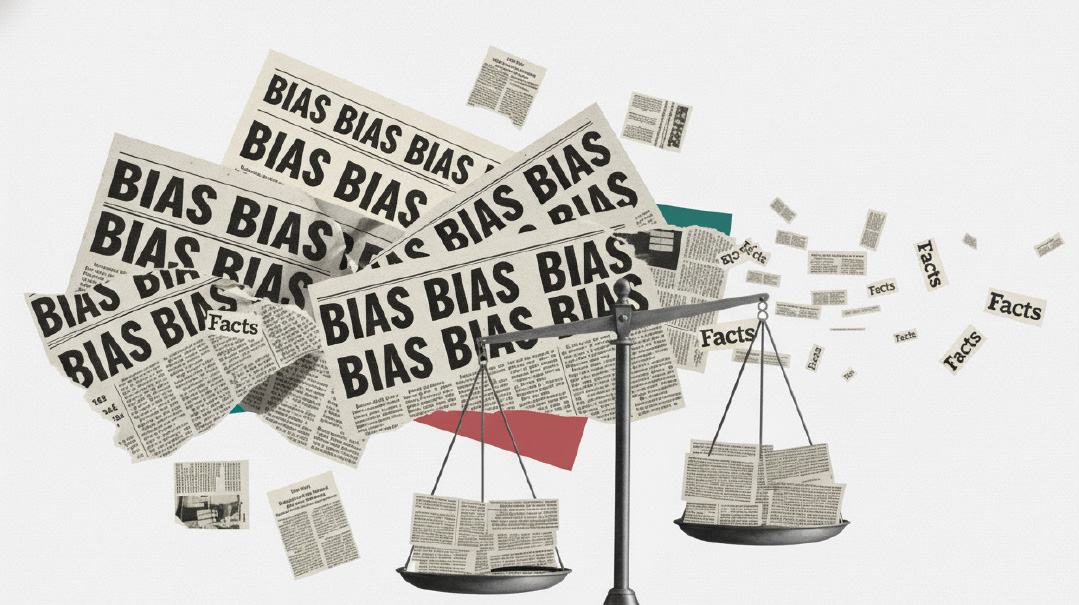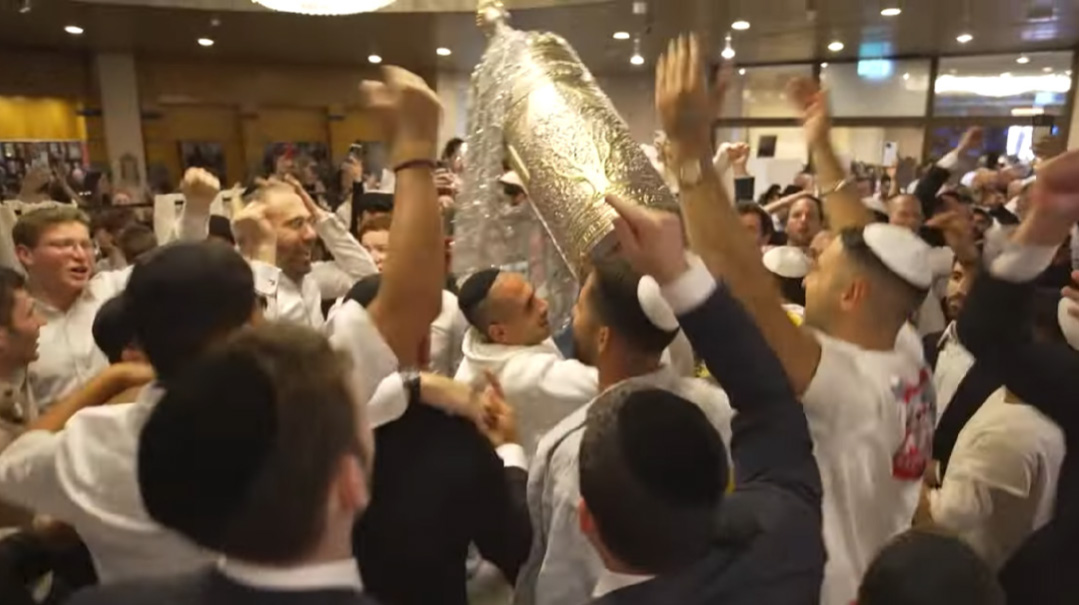Who Is Really Free?
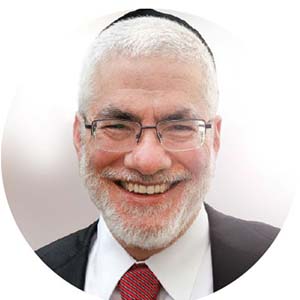
The distinction between physical and spiritual freedom is an important one
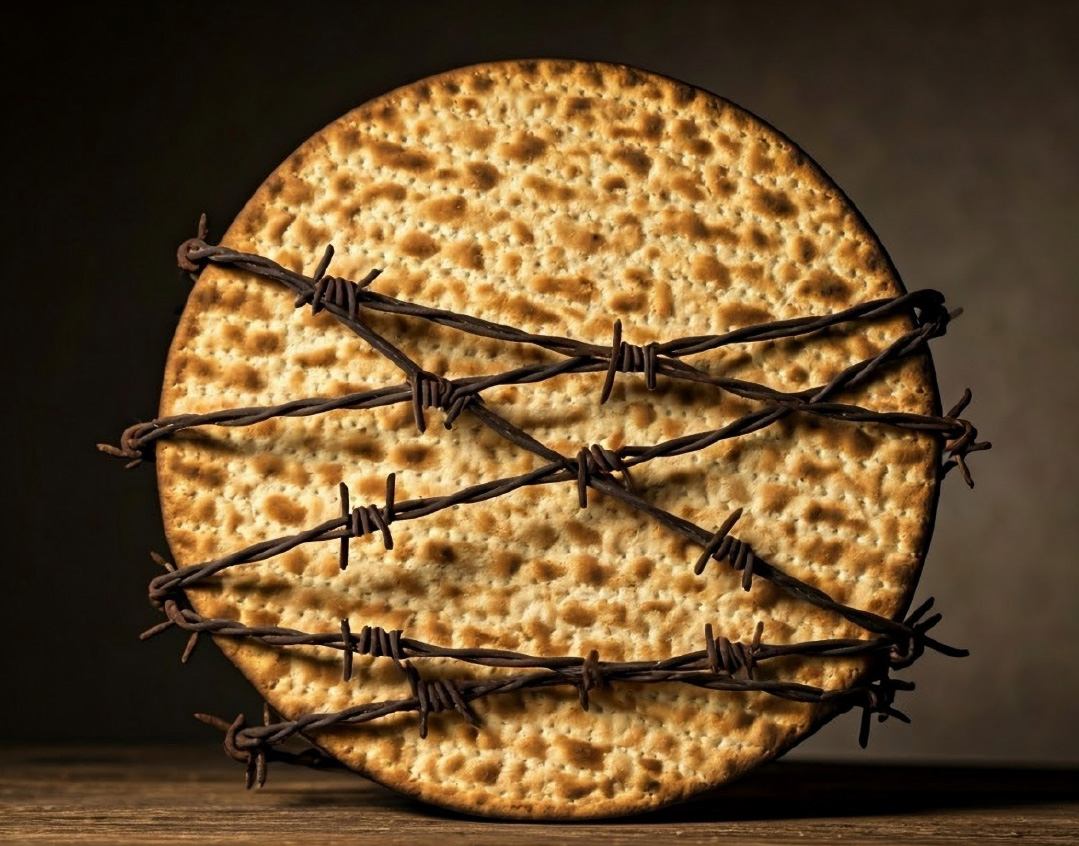
Ihave shared this story before. But every family has its own favorite divrei Torah for the Seder table — so if not now, when?
A number of years ago, Reb Yakov Brachfeld shared at Aish.com (“Passover in Hell”) something that his grandfather said over every year at the Seder. Five weeks before Pesach 5703, the Nazis yemach shemam liquidated the Krakow Ghetto. A small number of Jews, however, escaped their clutches and managed to forage in the ruins, including the brothers Mendel and Moshe Brachfeld. As Pesach approached, the two brothers found a blech, which they managed to heat using flammable paint, to bake a few matzos.
As Pesach approached, Moshe Brachfeld, the younger brother, told his older brother that there was no way he could participate in a Seder. “The Seder is to celebrate our freedom, our going out of a house of slavery,” he said. “But our family is gone — our parents, our sister, and her children were all killed. The city is up in flames. The Nazis are hunting for us with killer dogs, and won’t rest until every Jew is dead. What kind of freedom are we celebrating tonight?”
Mendel replied, “Every night in Maariv, in the brachah after Krias Shema, we praise Hashem for having ‘removed His nation Israel from their midst [i.e., the Egyptians] to cheirus olam’ — eternal freedom. The freedom referred to is not physical freedom — it’s spiritual freedom. Pesach celebrates going from being Egyptian slaves to becoming a newborn nation, a nation that Hashem calls His own. When we sit down at the Seder table, we celebrate becoming a G-dly nation. That is something that cannot be taken away from us. No matter how much they beat, torture, and kill our physical bodies, our souls remain free to serve Hashem.”
The distinction between physical and spiritual freedom is an important one. The former can be taken away, but the latter dwells within, in a place no one can access besides the possessor of the soul himself. One who is aware of himself as a spiritual being, brought into the world by a loving G-d for a specific reason, is far more powerful than the one who merely controls him physically. Our history books — and not just ours — are filled with examples of those who triumphed over their torturers and murderers even in death. Every Jewish child knows the story of Chanah (or in some versions Miriam) and her seven sons and the humiliation they inflicted on the Seleucid ruler by refusing to bow down to him, or even to appear to bow down, even on pain of death.
STANDING IN the Umschlagplatz in Warsaw five years ago, Rabbi Ilan Segal read from an account in the Bais Yaakov Journal (Sivan 5721) of the last weeks in the Warsaw Ghetto of a group of about 70 Gerrer chassidim. Even as the Nazis swept through the ghetto setting every building on fire, they somehow passed by the Gerrer chassidim’s building, where they were hiding in the attic and where they celebrated Pesach that year, together with about 20 other Jews. Though all the Gerrer men retained their beards, which were strictly forbidden even before the destruction of the ghetto, they were not discovered until they had finished davening Mussaf on Rosh Chodesh Iyar.
Rabbi Segal showed us a photo of the leader of the Gerrer chassidim, Rav Hirsch Rappaport, as he stood facing Jurgen Stroop, the SS commander charged with putting down the ghetto revolt. Rabbi Rappaport’s face betrays no fear — indeed, he appears to be laughing at the much larger Stroop, dressed in full battle array.
In our own time, Jimmy Lai, the richest man in Hong Kong, a self-made billionaire from a dirt-poor rural background, is held in solitary confinement for his efforts as head of Hong Kong’s pro-democracy movement, which seeks to hold China to its promise to preserve democracy when it took over Hong Kong from the British. Lai could have gone to live anywhere in the world in luxury, but he chose to stay and go to prison in order to highlight the cruelty and deceit of the Chinese regime. His wife Teresa told his biographer, “He is living in complete freedom.”
Similarly free was Alexei Navalny, leader of the Russian opposition, whom the KGB nearly succeeded in poisoning while abroad. Despite that near brush with death, he returned to Russia knowing that he would be subjected to a show trial and sentenced to a long term in the Gulag, where he “died” under mysterious circumstances. He was 47.
BUT IN ADDITION to the freedom of recognizing oneself primarily as a spiritual being with a Divine soul, there is a unique aspect of cheirus olam planted in every Jewish soul by virtue of being part of “His nation,” a unique connection to Hashem. In the Haggadah, we read that the Egyptian firstborn were killed by gilui haShechinah — the revelation of Divine presence. Only the Jews were spared that death because they were uniquely bound to Hashem and part of Him. “Bni bechori Yisrael — Israel is My son, My firstborn son.”
The Nesivos expands on this unique aspect of being part of “His nation.” He begins his commentary wondering how a downtrodden Jewish people can proclaim themselves bnei chorin, despite their oppressed state. He asks: Would someone celebrate annually his release from prison if he found himself once again imprisoned on a subsequent anniversary of that initial release?
He answers that just as we were once redeemed from Egypt, so do we know that we will be redeemed from any subsequent galus. And therefore we can celebrate no matter what our current state: Hashem took us as His nation in front of the entire world, revealing His glory to an unprecedented extent. And He will rescue us from all subsequent exiles, whether we are deserving or not, so that His Name not be desecrated. It is that assurance, which is a direct consequence of the great miracles Hashem performed on our behalf in Egypt, that we gather to celebrate.
Rav Hirsch Rappaport, the leader of the Gerrer group mentioned above, addressed the eternity of the Jewish People in his final drashah: “We have nothing to fear, chalilah, with regard to the existence of Klal Yisrael. After the Spanish Inquisition, Klal Yisrael remained. The main thing is for us to devote ourselves to dying al Kiddush Hashem. And in that merit will Klal Yisrael continue to exist.”
THE NESIVOS’S STATEMENT that Hashem will rescue us from all future exiles, whether we are deserving or not, bears further exploration. The din is that in a year that has two Adars, we read the Megillah in Adar Sheini, in order to connect geulah l’geulah (Megillah 6b). But the two redemptions are completely different. The exodus from Mitzrayim came about with open miracles revealing Hashem to the world. And as the Ramban explains at length at the end of parshas Bo, those miracles form the basis of our emunah. The salvation from the decree of Haman, however, takes place entirely within the realm of nature. Hashem’s Name is not even mentioned in the Megillah.
And yet ironically, Chazal tell us, all the festivals commemorating the exodus from Mitzrayim will in the future become batul compared to the open miracles of the ultimate redemption (Berachos 12b). But the celebration of the hidden miracle of Purim, a miracle entirely within the realm of nature, will never pass from among the Jewish People (Midrash Mishlei 9). Rabbi Yaakov Emden famously writes in his Siddur that in his eyes, the continued existence of the Jewish People, despite the determination of so many enemies to wipe us out, is a greater miracle than all the wonders Hashem performed for us in redeeming us from Egypt and bringing us to the Land.
The miracle of Purim took place at a time the Jewish People were in a very lowly state — intermarriage was rampant, many bowed to the idol of Nevuchadnetzar, and the Jews of Shushan participated in a feast meant to celebrate the apparent failure of the prophecy of return to Eretz Yisrael after 70 years to be realized. And yet Hashem, in a completely hidden fashion, revealed that they were not forgotten or abandoned, and that His arm is still outstretched toward us (Chagigah 5).
And that is the connection between the two redemptions, one with signs and wonders, and the other concealed within nature. As long as we grasp that internal point of the Jewish People, that which remains ever unsullied, we have hope for Hashem’s redemption, no matter far we have sunk. And that nekudas ha’emes was implanted in us with the going out from Mitzrayim, as the Nesivos explains. It is the source of our eternal freedom.
On Purim, my dear friend Rabbi Gavriel Rubin sent me a devar Torah that bears on this point. Haman, he began, is related to the word hamon, a crowd or multitude, which makes a large noise in the world. Opposed to Haman was Esther, whose very name reflects her modesty and hiddenness. And she is a descendant of Shaul Hamelech, who was also outstanding in his modesty and did not share with anyone that he had been anointed until instructed to do so.
Esther’s triumph, indeed the triumph of the Jewish People in every generation and against every adversary, came from developing that inner point of connection to HaKadosh Baruch Hu that He implanted in us with the Redemption from Mitzrayim.
May we never forget the source of our strength and the key to not only surviving our enemies, but to defeating them, rooted in Yetzias Mitzrayim.
Chag kosher v’samei’ach.
(Originally featured in Mishpacha, Issue 1057. Yonoson Rosenblum may be contacted directly at rosenblum@mishpacha.com)
Oops! We could not locate your form.

